Welding Basics 90-Day
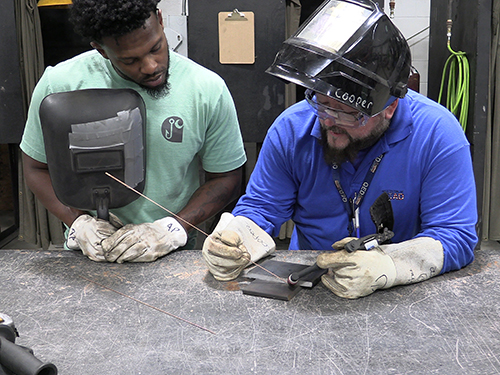
COURSE LENGTH: 90 DAYS (XXX HOURS)
COURSE LOCATIONS: CITY
The purpose of this course is to train a non-welding student on Naval Sea Systems Command (NAVSEA) technical manuals MIL-STD-248, MIL-STD-1689, MIL-STD-22D, MIL-STD-2035 Fabrication, welding and inspections of Welding Basics.
Students will be taught the standards for materials, workmanship, qualifications, inspection, and quality control measures to be able to weld and pass a NAVSEA weld qualification in the 2G, 3G and 4G weld positions.
Students will obtain a NAVSEA Shielded Metal Arc Welding Qualification upon receiving a satisfactory non-destructive test on a vertical, horizontal, and overhead positions.
COURSE OBJECTIVES
REFERENCES
Naval Sea Systems Command (NAVSEA) MIL-STD-248
Naval Sea Systems Command (NAVSEA) MIL-STD-1689
Naval Sea Systems Command (NAVSEA) MIL-STD-22D
Naval Sea Systems Command (NAVSEA) MIL-STD-2035
OSHA Standards, General Industry, (29 CFR 1910 )
OSHA Standards, Maritime ( 29 CFR 1915, 1917, 1918)
FUNCTIONS:
Workmanship, inspection, weld joint preparation, materials, welding clothing and (PPE), cleanliness, grounding safety, grinder safety, power sources, electrode classification, defect identification and blue print reading will be taught in a class room setting. Students will take the knowledge to the welding school and receive hands on training for welding on flat plate in the 2G, 3G, and 4G positions. Hands on training for welding fillet welds in the 2G, 3G, and 4G positions. Hands on training for welding a butt weld in the 2G, 3G and 4G positions. The student will fabricate and weld in a test booth for the 2G, 3G and 4G NAVSEA test qualification for shielded metal arc welding. The student will also be required to pass a workmanship written examination with a score of at least 75%.
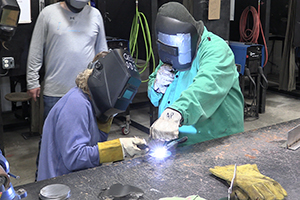
INTRODUCTION
Introduces the science involved in welding, basic principles, weld defects, joint design and safety.
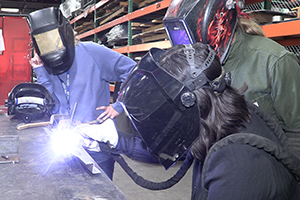
WELDING CLOTHING AND PERSONAL PROTECTIVE EQUIPMENT (PPE)
Covers the clothing to be worn and PPE to use while welding.
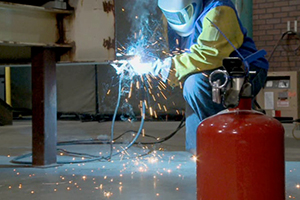
CLEANLINESS AWARENESS
Stresses the importance of good housekeeping, responsibilities of employer/employee and fire prevention.
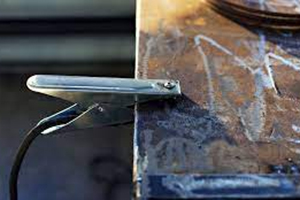
GROUNDING
Explains the difference between AC/DC currents, types of welding cables and safety during welding.
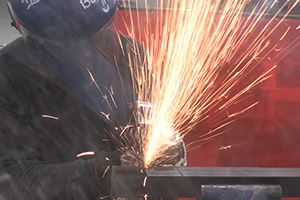
GRINDER SAFETY
Covers electric and pneumatic tools, tool safety and the improper use of tools.
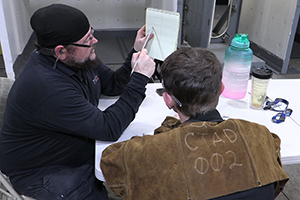
WELDING BASICS
Covers the different power sources used when welding.
Working Conditions
This position is considered SHOP/OUTDOORS which is characterized as follows:
- Frequently working on or near moving equipment and vibrating equipment
- Humidity is frequently above 90%
- Noise is over 85 decibels
- Light is intense/glare
- Occasional exposure to open fire/flames/sparks
- Frequent exposure to airborne dust, fumes, and gases
- Work surface is stable
- Requires working in very hot (above 90 F degrees) or very cold (below 32 F degrees) temperatures
